The Jrai people in the Ayun Pa and Krong Pa regions also live in longhouses like the Ede people, but the stairs are often not as elaborately decorated as the Ede and M'Nong people in Dak Lak.
In front of the long house, the Jrai people mainly use only one round or flat staircase, but the width is smaller, making people going up and down feel unsteady. If you are not used to it, you have to be careful with each step. Only wealthy families pay attention to decorating the top of the main staircase with two breasts and a crescent moon, showing the prosperity and role of the woman - the head of the family.
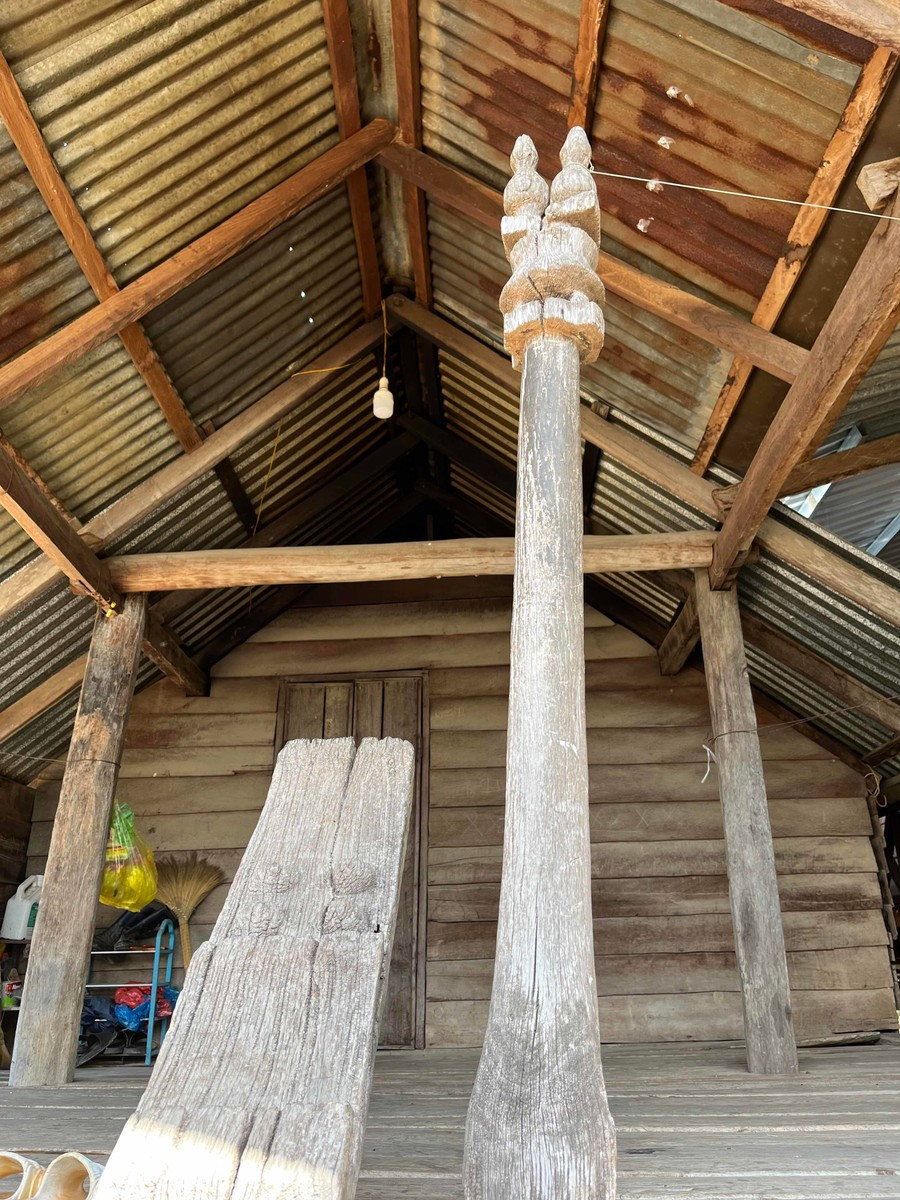
Cultural researchers believe that the breast sculptures on the stairs of stilt houses of some indigenous peoples in the Central Highlands have a fertile character, reflecting the matriarchy that still exists in the community. The crescent moon at the top of the stairs also has a negative meaning, honoring the role of women in society.
For the Ede and M'Nong people, the more solid and ancient the long house is, the wider and more airy the front floor is, the more often it is designed with 2 staircases; including a main staircase (larger, flat staircase style) with a slightly curved top like the bow of a boat, sculpted and decorated according to tradition and a secondary staircase (smaller) often carved with stars and turtles.
The steps up and down are made in odd numbers - lucky numbers according to the indigenous people's concept, just enough to tilt the feet. Long houses with many people often have an additional staircase at the back door for convenience.
Previously, some people thought that Ede houses had a structure of “male stairs” and “female stairs”. But in fact, the village elders said: In their tradition, there is no such classification. In the past, because of hospitality, Ede houses had 2 stairs with the intention of 1 for family members and 1 for guests to use.
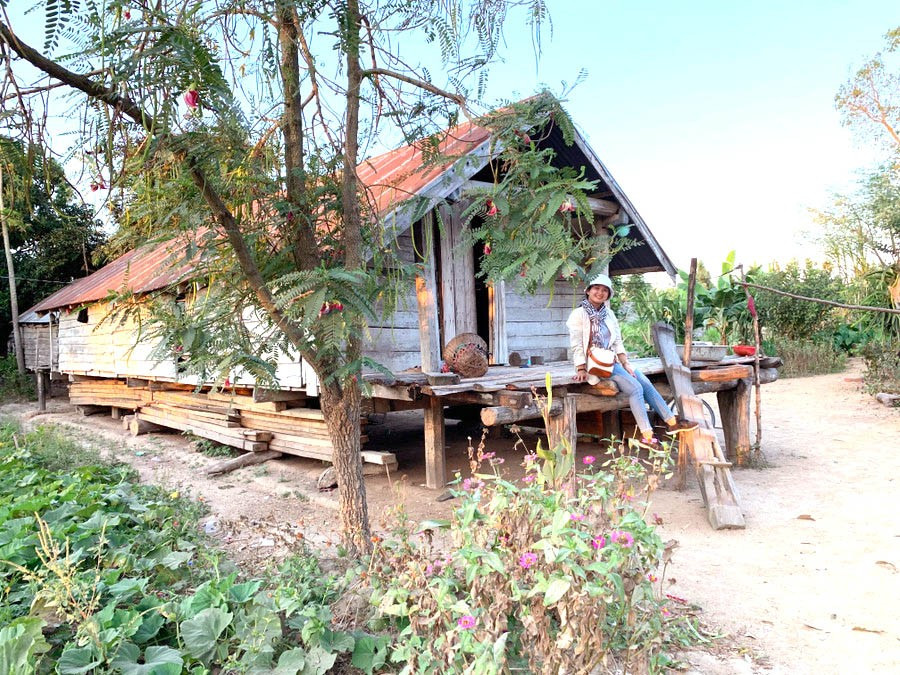
For ethnic minorities in the Central Highlands, the stairs of a stilt house are as important as the main pillars and rafters in the house. Therefore, they must choose good woods from the forest such as ca chit, sao wood... durable enough, termite-free, sturdy enough to last the life of the house.
Before going to find wood to make stairs, the Jrai, Ede, and M'Nong people have a ritual to worship the forest god, asking for permission to bring wood to make stairs. The simplest offerings are a chicken and a jar of wine. The wealthy people worship pigs, wine, and invite skilled artisans to carve, polish, and sculpt stairs to match their long houses, which takes at least a few days. These are flat, large stairs, considered an aesthetic element that enhances the beauty of the overall architectural picture of the house.
Nowadays, when I return to the Jrai villages in Ayun Pa, Ia Pa, Krong Pa, many families build houses with strange architecture, pointed roofs, elaborate decorations like Thai houses. The stairs are not designed in the traditional style with solid wood but are made into steps like the Kinh people's multi-storey houses.
Many people told me that they also want to maintain the architecture of the long house like their ancestors in the past, but wood is increasingly scarce, especially good wood. To have a beautiful staircase suitable for a traditional long house, they have to order from traders for several months. Therefore, to make it convenient to move around and go up and down easily, many families make stairs with handrails following the modern trend.
The preservation of the traditional architectural foundation of the village, including the long stilt house and the characteristic staircase, seems to be facing obstacles and gradually fading away. The conditions for completing a traditional house of ethnic minorities are increasingly difficult, so most of the ground-floor houses are built with modern materials.
Source: https://baogialai.com.vn/ben-chiec-cau-thang-nha-dai-post320781.html


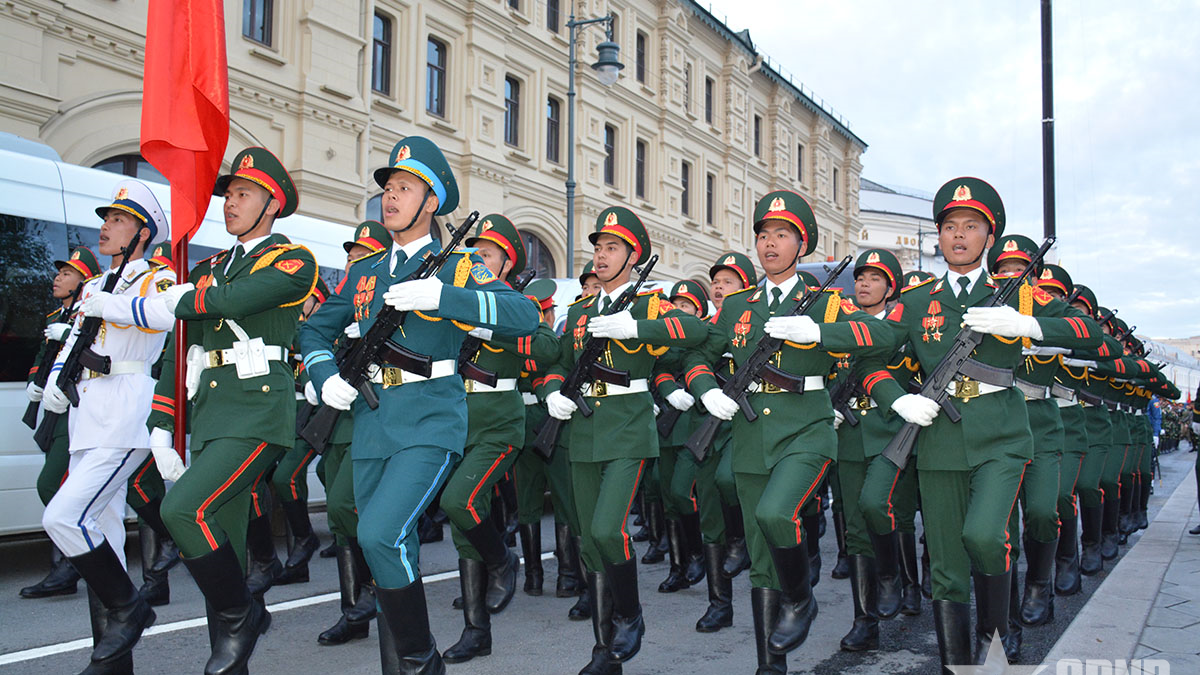
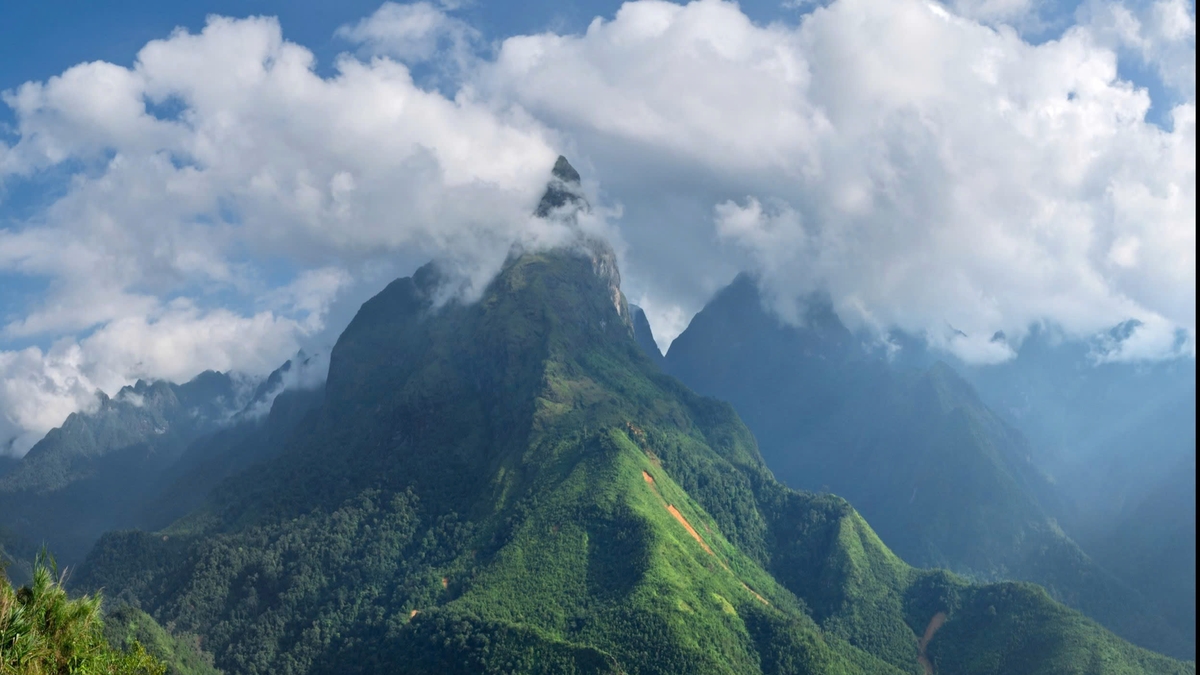
![[Photo] Vietnam shines at Paris International Fair 2025 with cultural and culinary colors](https://vphoto.vietnam.vn/thumb/1200x675/vietnam/resource/IMAGE/2025/5/4/74b16c2a197a42eb97597414009d4eb8)
![[Photo] Bus station begins to get crowded welcoming people returning to the capital after 5 days of holiday](https://vphoto.vietnam.vn/thumb/1200x675/vietnam/resource/IMAGE/2025/5/4/c3b37b336a0a450a983a0b09188c2fe6)

![[Photo] General Secretary To Lam receives Sri Lankan President Anura Kumara Dissanayaka](https://vphoto.vietnam.vn/thumb/1200x675/vietnam/resource/IMAGE/2025/5/4/75feee4ea0c14825819a8b7ad25518d8)

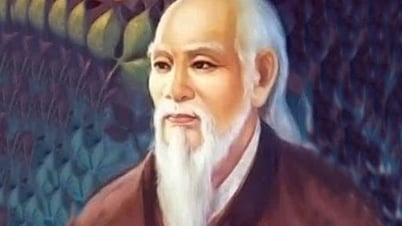

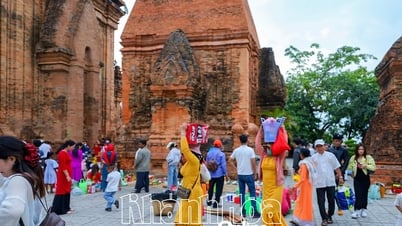

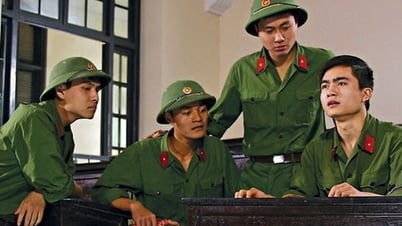





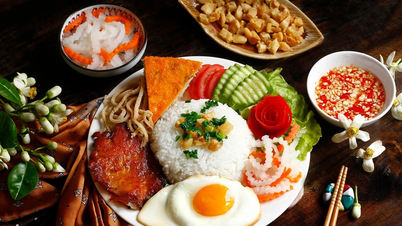
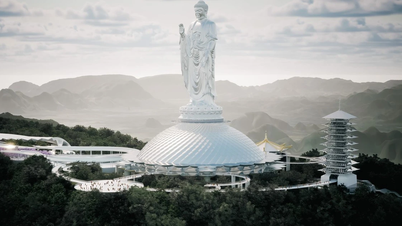






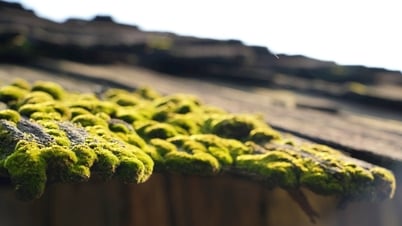





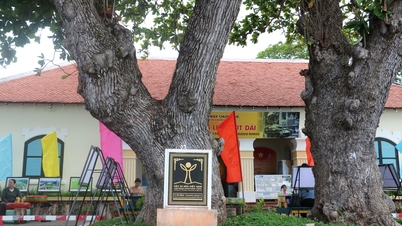

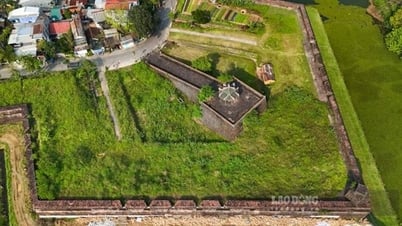




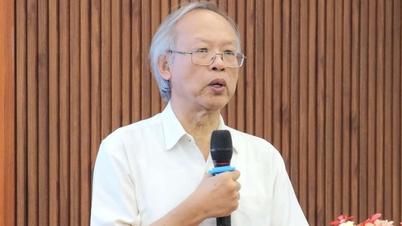

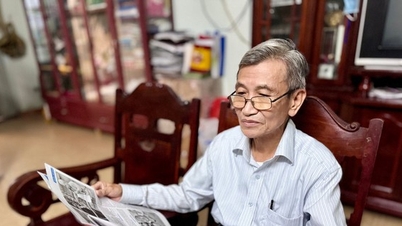
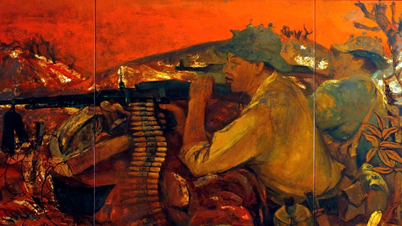

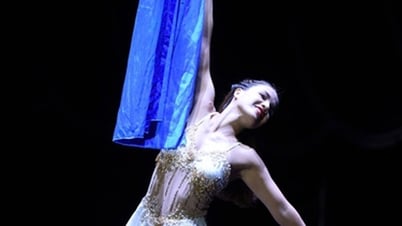

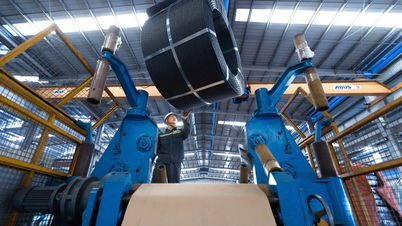






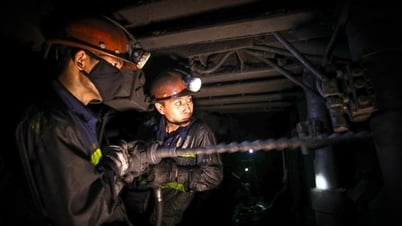














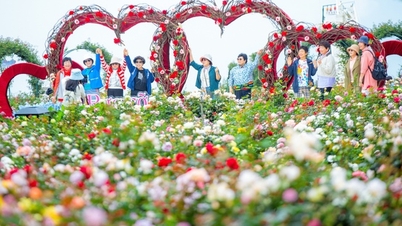
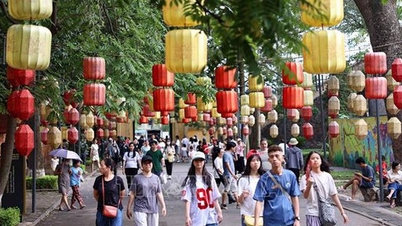
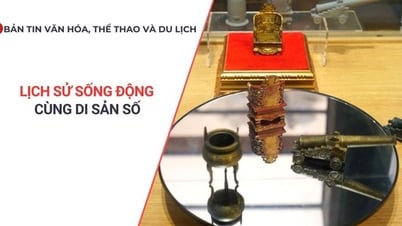








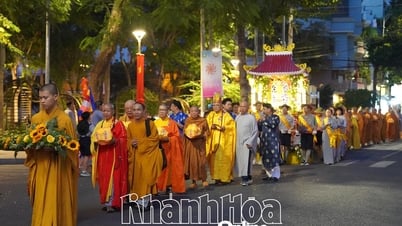

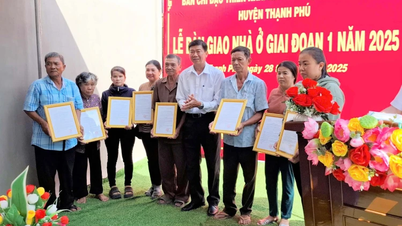






![[Video]. Building OCOP products based on local strengths](https://vphoto.vietnam.vn/thumb/402x226/vietnam/resource/IMAGE/2025/5/3/61677e8b3a364110b271e7b15ed91b3f)

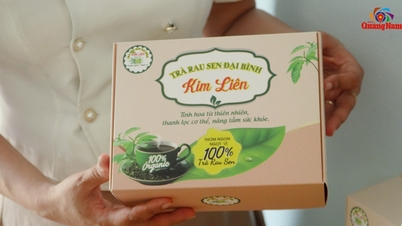

Comment (0)